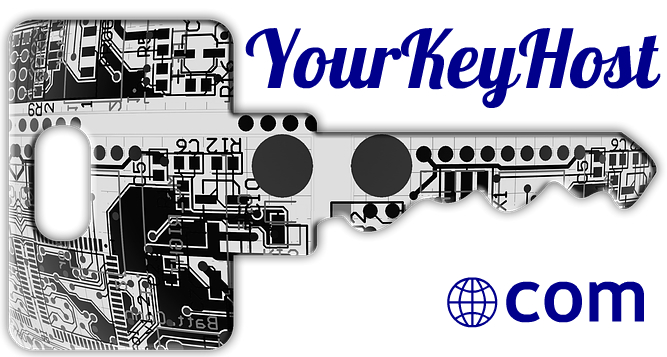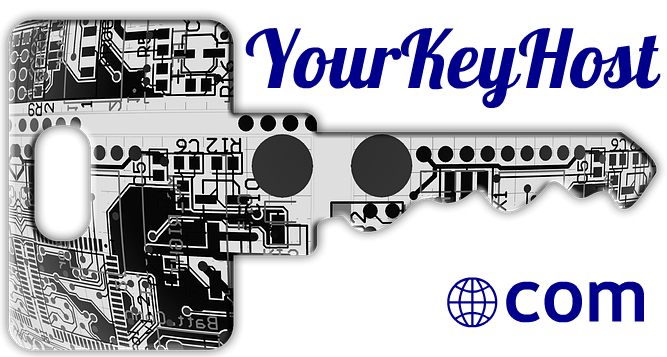The most important thing a webpage can do is be crystal clear about exactly what you can do on that webpage.
The best word to describe people when they are on the Web is “impatient.” They are particularly impatient when they arrive at your website for the first time. They are asking themselves the essential question: “Is this a website I can actually do something on quickly and easily or is it just marketing?”
You had heard the following phrase from customers many times: “This is just marketing. I don’t have time for this.” On the Web, people are developing banner ad blindness, but they are also developing marketing-speak and communication-spin blindness. They see marketing as stuff that gets in the way, content that is annoying and unnecessary.
MarketingExperiments is a really excellent research organization. It recently stated that the first seven seconds a person spends on your website are crucial to success. “Millions of dollars are won or lost in these first few moments a visitor spends on your site,” it writes. It goes on to state that everything it has learned about website optimization can be summarized by these three words:
Clarity Trumps Persuasion
According to MarketingExperiments, there are three essential questions all pages must answer:
Where Am I?
What Can I Do Here?
Why Should I Do It?
“The chief enemy of forward momentum is confusion,” Marketing Experiments states. “One of the ways to overcome this inherent confusion is to hit the Back button.” The Back button is to a customer what a soother is to a baby. It’s very comforting to hit that Back button and get away from all that confusion.
““Clarity” tops the list of the key principles of design thinking identified by the World Economic Forum’s Global Agenda Council,” Alice Rawsthorn wrote once for the New York Times. Rawsthorn references John Maeda and his concept of “thoughtful reduction”.
The Web reflects a shift to service and, more particularly, a shift to self-service. To succeed in self-service you need a genuine understanding of and relationship with your customer. And you must also strive to give them a fast, simple experience.
In Seattle, the home of Starbucks. Starbucks invested millions in replacing their espresso machines. These machines are in perfect working order, so why are they replacing them? They want machines that are not as high, so that the server and the customer can more easily see and interact with each other.
The customer remains invisible to most web teams and that is the single greatest reason so many websites underperform. Understanding, relating to and developing empathy for your customer is one of the greatest drivers of clarity in communication and design. A lack of understanding of customers and a focus on the internal needs of the organization is at the root of most confusing, complex and verbose websites.
Get to truly know your customers and you are on the road to clarity.

